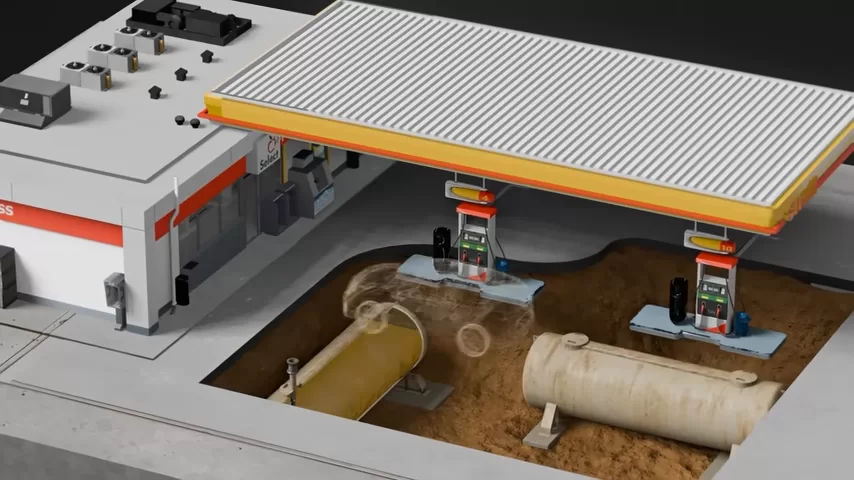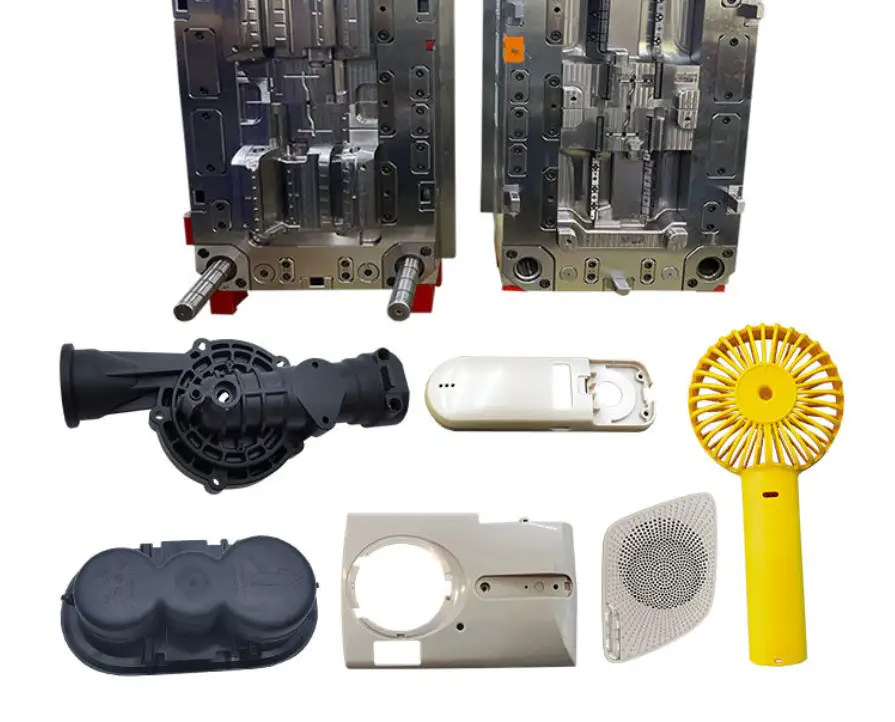It’s 1913.
You’re driving a brand-new Ford Model T. The sun is shining, the wind’s in your face, and life is good—until you notice the gas tank is nearly empty.
Luckily, you round a corner and see something revolutionary: the world’s first gas station. You pull in, fuel up in seconds, and continue on your journey. What was once a logistical nightmare becomes a simple stop—and that convenience sparked a transformation that would shape modern civilization.

Over the next century, more than 150,000 gas stations would spread across the U.S., granting millions of people unprecedented freedom to travel. But behind this everyday act lies a complex, ingenious system of engineering, evolution, and safety innovation.
Here’s the untold story of how gas stations work—and how they went from dangerous street-side fire hazards to safe, self-service fueling hubs used by billions.
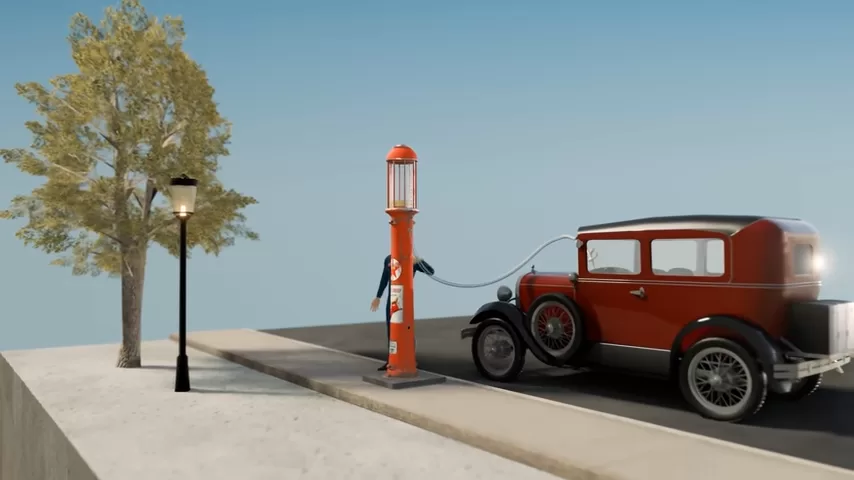
The Prehistory of Fueling
Before the first car ever rolled off an assembly line, kerosene was the fuel of choice—not for vehicles, but for lamps and stoves. To buy it, you’d walk into a hardware store and have it poured into a metal can by hand. When early automobiles began appearing, drivers continued this crude process—pouring kerosene into the tank using a funnel.
It was slow, messy, and risky.
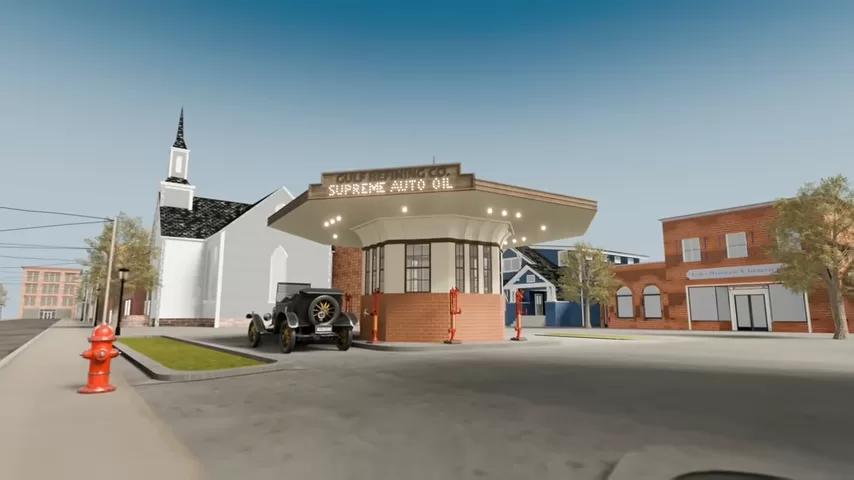
The Invention of the Fuel Pump
Enter Sylvanus Bowser, an American inventor who, in 1885, created the first fuel pump. It was a hand-operated mechanism with a one-way valve and a crank. Each turn dispensed exactly one gallon of fuel—an innovation that made fueling much safer and more efficient.
These early pumps were placed directly on city sidewalks, where attendants manually cranked them to fill customers’ cars. But one problem remained: there was no way to prove how much fuel was actually dispensed.
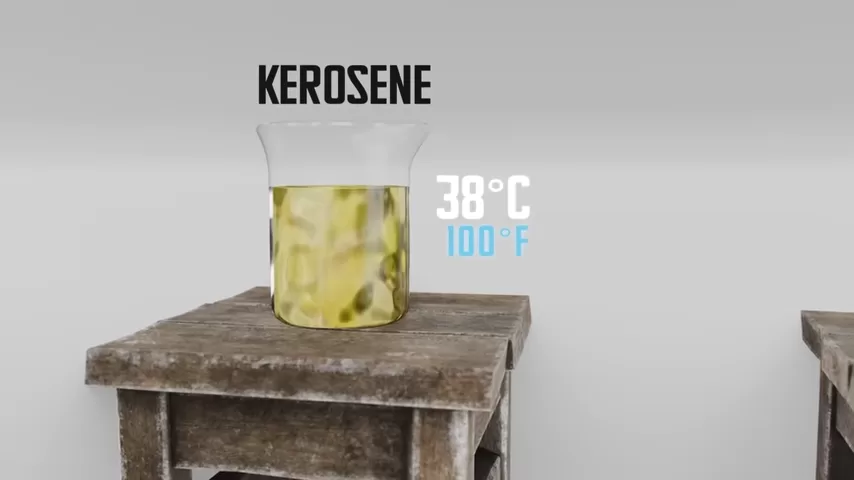
That’s when the visible fuel pump was introduced. A large glass tank was mounted on top, and attendants would manually pump fuel into it before releasing it by gravity into the car. Drivers could literally see the fuel, restoring trust—and setting a new standard for transparency.
Why Cars Changed Everything
In 1900, the U.S. had only 8,000 cars. By 1912, that number had skyrocketed to 1.2 million. Suddenly, single curbside pumps couldn’t keep up. Small tanks ran dry, traffic jams built up, and worst of all—fuel was stored above ground, turning these spots into deadly fire traps.
The solution? Build dedicated fueling stations.
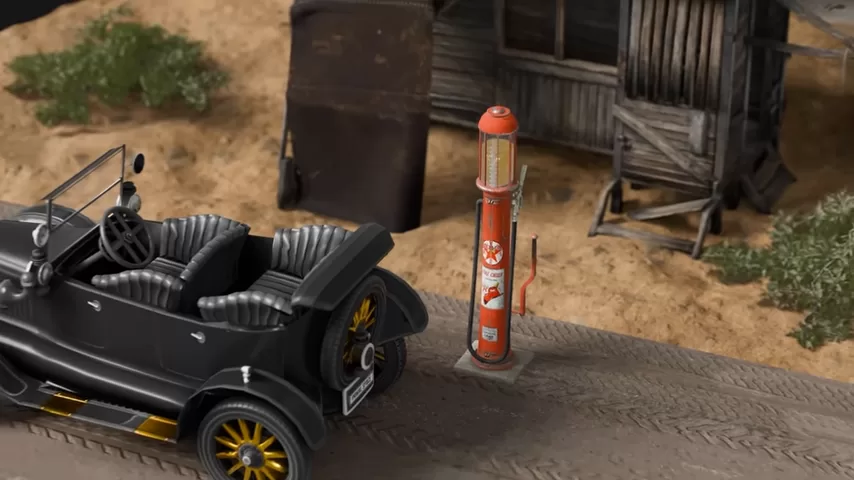
The First Modern Gas Station
In 1913, Gulf Oil opened the first purpose-built gas station in Pittsburgh, Pennsylvania. It had six pumps, a large underground storage tank, and the capacity to fuel multiple cars at once.
On its first day, it sold just 30 gallons. By the end of the week, it was pumping 350 gallons a day at 27 cents per gallon. The idea spread like wildfire. As cars became the symbol of personal freedom, gas stations became essential infrastructure.
But a new problem was just below the surface.
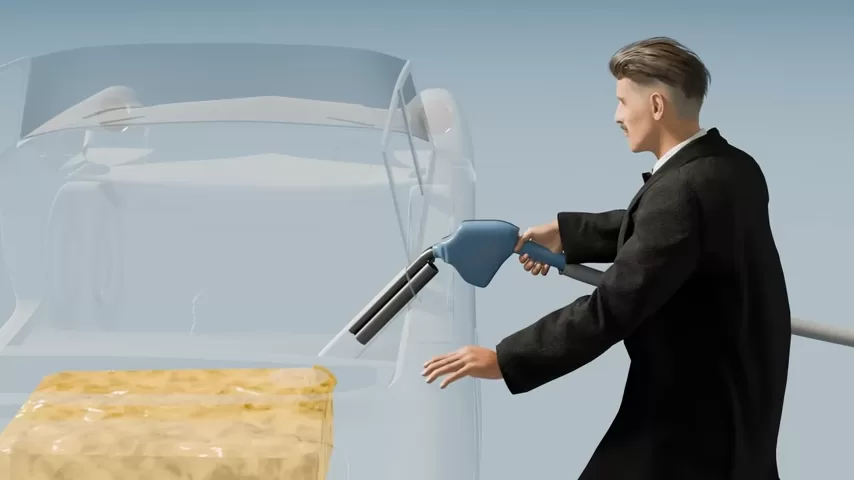
The Dangers Lurking Underground
As the market shifted from kerosene to gasoline in the 1920s, engineers faced a serious challenge: vapor.
- Kerosene has a flash point of 38°C (100°F)—it doesn’t release flammable vapor until it’s hot.
- Gasoline? Its flash point is –40°C (–40°F)—meaning it constantly emits flammable vapors.
When gasoline vapor built up inside tanks or escaped during fueling, a single spark could cause disaster. Gas stations were firebombs waiting to go off.
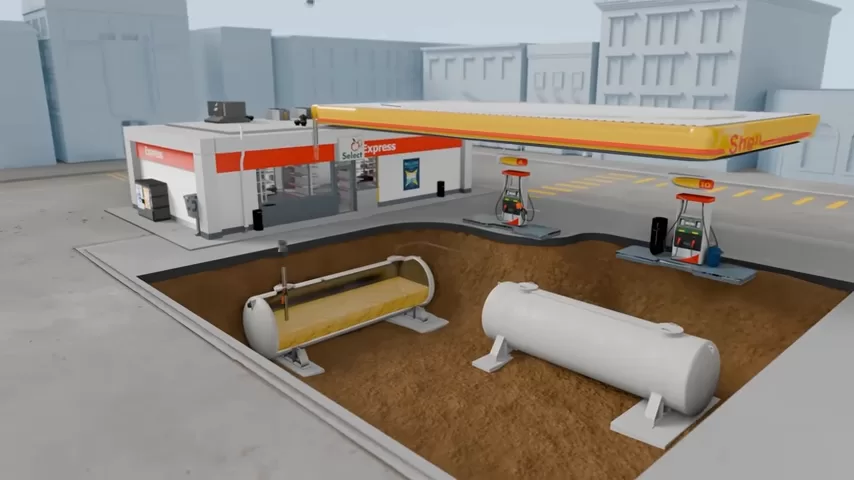
From Attendants to Self-Serve
Until the mid-1900s, fueling was done by trained attendants. But in 1947, Frank Olrich opened the first self-service station in Los Angeles. By cutting staff, he dropped prices from 23 cents to 18 cents per gallon, undercutting nearby stations.
It worked—but many feared letting customers pump gas themselves was too dangerous. People often overfilled their tanks, spilling gasoline everywhere.
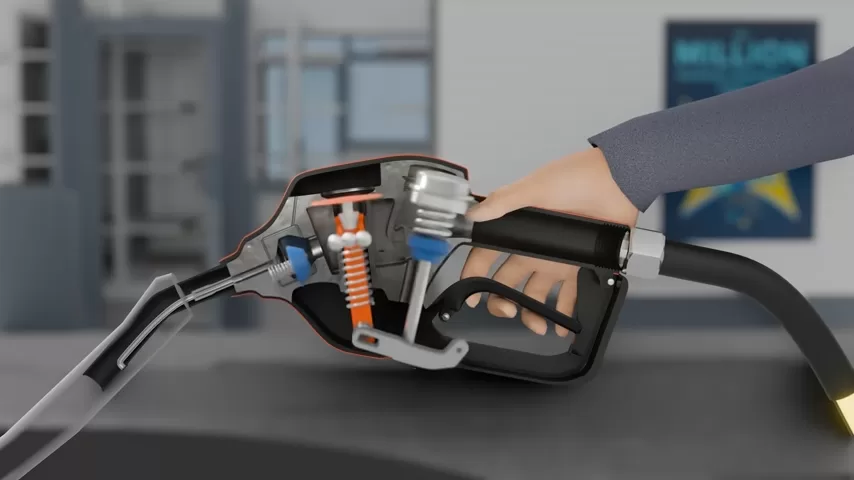
The Genius of the Automatic Shut-Off Nozzle
To fix that, engineers designed the automatic shut-off nozzle—a purely mechanical innovation that’s still in use today.
How It Works:
- Fuel flows through a small opening in the nozzle.
- Tiny holes near the tip connect to a thin pipe and create a low-pressure zone using the Venturi effect.
- Air gets sucked through this system into a sealed chamber with a flexible membrane.
- As fuel rises in the car’s tank, it blocks the air hole, causing a vacuum that lifts the membrane.
- This releases ball bearings that collapse the trigger mechanism, shutting off the fuel automatically.
All mechanical. No electricity. It’s one of the most elegant solutions in modern engineering.
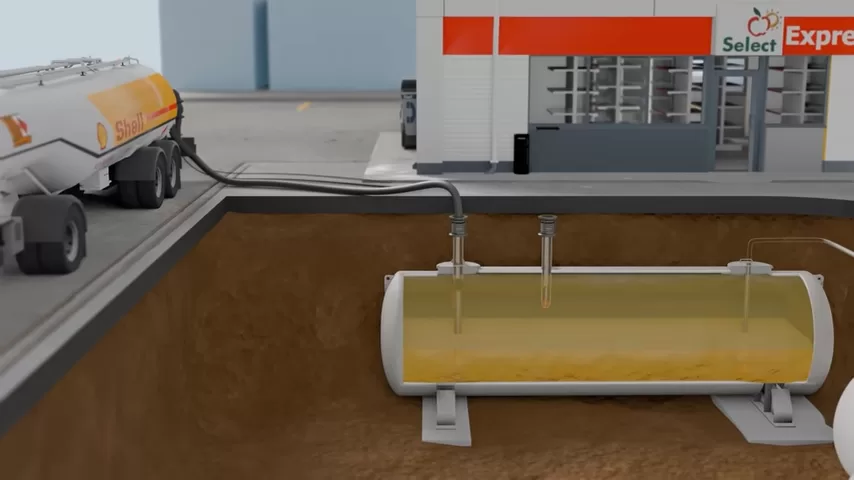
Solving the Underground Vapor Problem
Even with safe nozzles, underground tanks posed another challenge. As they filled with fuel, gasoline vapor would get pushed out—polluting the air and creating an explosion risk.
Early tanks, made of steel, would also corrode over time, leaking toxic fuel into the soil and water.
Modern Fuel Tank Design
Today’s fuel stations use fiberglass underground tanks with complex engineering to handle safety, pressure, and vapor.
Here’s how they work:
- Delivery trucks connect to the tank using two hoses:
- One delivers gasoline.
- The other returns vapor to the truck.
- As gasoline fills the tank, vapor is displaced and sent back to the truck, where it’s cooled and reconverted into fuel.
- When the tank reaches 95% capacity, a flapper valve prevents overflow.
- Fueling pumps pull gas from the bottom, filter it, and send it to the fuel nozzle.
Everything is airtight and sealed, dramatically reducing pollution and risk.
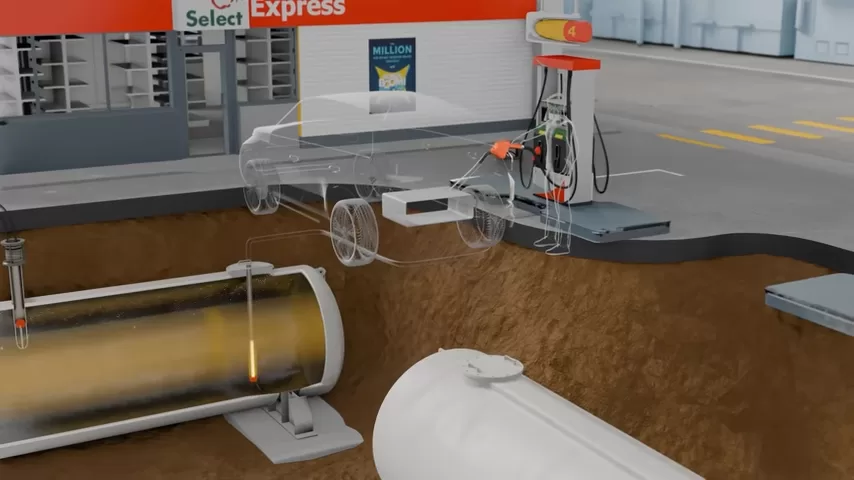
The Rise and Decline of Stations
By the 1970s, cars became more efficient and required less frequent refueling. Gas stations began to decline in number, from a peak of over 200,000 in the U.S. to just around 115,000 today.
But thanks to a century of innovation, gas stations are now clean, safe, and remarkably reliable.
Conclusion: Hidden Complexity Beneath a Simple Stop
The next time you stop to refuel, take a second to appreciate the 100 years of innovation beneath your feet. From hand-cranked sidewalk pumps to vacuum-driven nozzles and vapor recovery systems, gas stations are a masterpiece of invisible engineering.
What was once a fire hazard is now an everyday convenience—and it’s all thanks to a relentless pursuit of better, safer, and smarter solutions.
